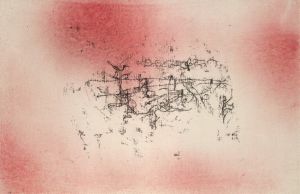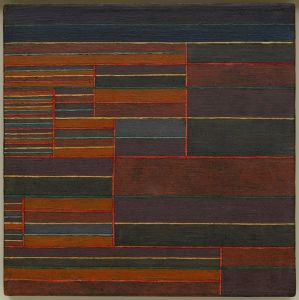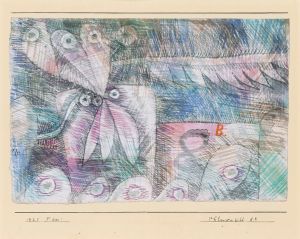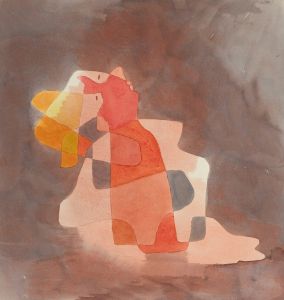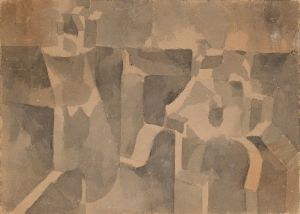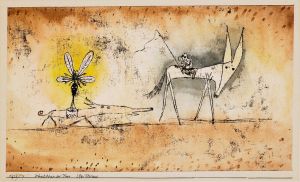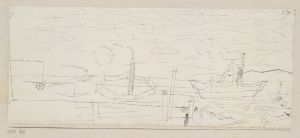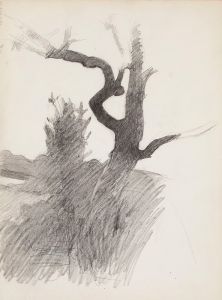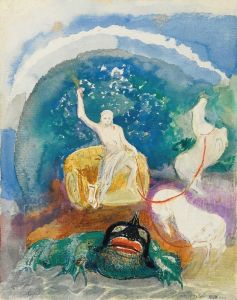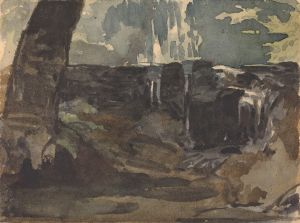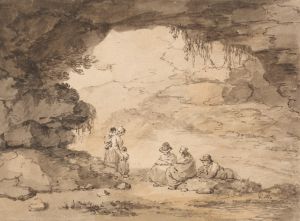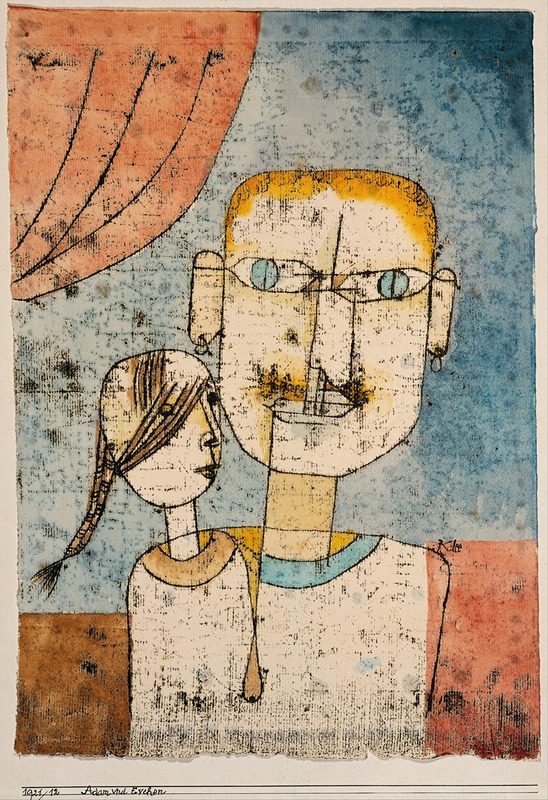
Adam and Little Eve
A hand-painted replica of Paul Klee’s masterpiece Adam and Little Eve, meticulously crafted by professional artists to capture the true essence of the original. Each piece is created with museum-quality canvas and rare mineral pigments, carefully painted by experienced artists with delicate brushstrokes and rich, layered colors to perfectly recreate the texture of the original artwork. Unlike machine-printed reproductions, this hand-painted version brings the painting to life, infused with the artist’s emotions and skill in every stroke. Whether for personal collection or home decoration, it instantly elevates the artistic atmosphere of any space.
Paul Klee's painting "Adam and Little Eve" is a notable work by the Swiss-born German artist, created in 1921. Klee, known for his highly individual style that blended elements of expressionism, cubism, and surrealism, often explored themes of mythology, symbolism, and the human condition in his art. This particular painting reflects his interest in biblical and archetypal subjects, as suggested by its title.
"Adam and Little Eve" is executed in Klee's signature style, which often combines abstract forms with a childlike simplicity. The painting features a composition that suggests a narrative connection to the biblical figures of Adam and Eve, though it is not a literal representation of the story from the Book of Genesis. Instead, Klee uses geometric shapes, muted colors, and symbolic imagery to evoke a sense of innocence and primordial beginnings. The inclusion of "Little Eve" in the title adds a playful and possibly ironic twist, characteristic of Klee's approach to his subjects.
The medium of the painting is watercolor and ink on paper, mounted on cardboard, a technique Klee frequently employed during this period. This choice of materials allowed him to achieve delicate textures and subtle tonal variations, enhancing the dreamlike quality of the work. The dimensions of the piece are relatively small, measuring approximately 30.5 x 24.1 cm (12 x 9.5 inches), which is typical of Klee's intimate and introspective works.
"Adam and Little Eve" was created during Klee's tenure at the Bauhaus, the influential German art school where he taught from 1921 to 1931. This period marked a significant phase in Klee's artistic development, as he delved deeper into theories of color and form while continuing to experiment with abstraction and symbolism. The painting reflects his intellectual engagement with these ideas, as well as his ability to infuse his work with a sense of whimsy and mystery.
Today, "Adam and Little Eve" is held in the collection of the Kunstmuseum Basel in Switzerland, which houses one of the most comprehensive collections of Klee's works. The painting remains an important example of Klee's ability to merge complex themes with a deceptively simple visual language, inviting viewers to interpret its meaning through their own perspectives.





